My father loved accompanying my mother when she went saree-shopping. He took a deep interest in the kind of sarees she wore. His point was that after wearing a saree, she would not be able to see it that much. He however, would have to see her in it all the time. So she might as well buy a saree that he liked. And much to my mother’s annoyance, he also claimed that he had better taste in clothes than she did. Though sometimes I felt what he really wanted to do was to keep a secret watch on the budget. At that time, nearly 30 years ago, shopping for a saree, especially a heavy one, was linked with a family wedding or a festival and a budget was made to be followed. Though occasionally its boundaries were crossed only for that rare act of indulging us.
It was during one such shopping trip, I saw a Bhagalpuri. It was draped on a mannequin, in its sedate and simple avatar, not shouting for attention, not even saying a word to anyone. As clichéd as it might sound, it was love at first sight. I loved the Bhagalpuri way before I even knew what it was called. For a long time in my mind I called it the ‘arty’ saree.
On one occasion, I even asked for it to be bought, but was promptly denied, on the grounds that it was too simple. “In this price, you can easily get a Mysore silk or a nice Kanjeevaram which you can wear for a wedding. Where will you wear this”? End of story.
Not quite actually. When financial independence happened, out of the few sarees (few?) that made way into my wardrobe, the Bhagalpuri was amongst the first. Things had not changed much on the other side though. “Where will you wear this”? Then it was shown and worn several times. Now everyone knows.
To describe a Bhagalpuri saree is difficult. It is like trying to describe chocolate. There are no words that do justice. You’d much rather get that person to try a piece than try to describe it. So, here is a Bhagalpuri.
The beauty of a Bhagalpuri is in its existence. It is the subtle kind of beauty that exudes from within the rich, rough and pure Tussar silk.
Tussar silk is not just rich, it is highly textured, especially in the Bhagalpuri saree.
Other than the richness of the fabric, the only other embellishment the saree has is its minimalist colour pallete. The body is of one colour, the border and pallu is the second colour. The colours used are usually from the same family. The only different combination you might see is with a creamy-beige body which has a pallu and a border of a dark contrasting shade.
Bhagalpuri silk sarees are made from Tussar silk. This silk is produced in the rainforests of Bihar, Jharkhand, Orissa, Chattisgarh, Madhya Pradesh, Andhra Pradesh, and Maharashtra. Bhagalpur is famous for its silk and boasts of a 200 year old silk weaving culture. This saree itself is about 100 years old, something I learned as a part of my research for this post. Though simple, this saree has also received the attention of Textile or Fashion Designers who work with cooperatives to bring in newer colour combinations and textures.
Depending on the colours you choose and how you accessorize, I think, the Bhagalpuri saree can be made suitable for a work wear, party wear or even a wedding.
This is where I leave Bhagalpur and make a dash for my home state – Gujarat. B is for Bandhani or Bandhej, a very popular saree.
I don’t know what it is about the Bandhani that makes the spirals of my Guju DNA do a little dance every time I see a one. I mean, where else do wrinkles look so good. It’s a pity actually that one must get rid of them before wearing the saree.
Called Bandhani in Gujarat and Bandhej in Rajasthan, both terms are actually a way to refer to the technique of tie-and-dye. Both terms are derived from the Sanskrit root word ‘bandha’ and the Hindi word ‘bandhana’ – meaning ‘to tie’. Poetic and sweet, considering that in Gujarat, it is considered auspicious for a bride to wear this saree during her wedding ceremony.
The tie-and-dye technique is a form of resist dyeing. It means that the cloth is tied up in such a way – by way of crumpling it, folding it or making it into tiny knots, so as to resist some portions from getting dyed. The result is a geometric or a free flow pattern of dots, lines or waves – the glorious Bandhani. The closer the tying, the more the number of dots per square inch of fabric, the prettier the patterns.
The dots created by the tie-and-dye are used to make different types of patterns – like the ‘jalebi’ or swirls, ‘bel’ or creepers that fill the entire saree. The most common, but still very beautiful, is the use of dots. The arrangement of the dots could be in patterns of 3 – called ‘tikunthi’, patterns of 4 – called ‘chaubasi’ and patterns of 7 – called ‘satbandi’. Sometimes it is just one dot, called the ‘ekdali’. If the single dot is filled with colour it is called the drop or ‘boond’.
Here is a Bandhani designed and created in Kutch characterized by an intricate pattern of very small dots, which I have heard, are created using the tiny mustard seeds. What an effort! The resulting pattern here shows a group of girls doing the local dance ‘garba’. The unevenness of the dots and how the dots are separated from each other, their small size, are evidence of very detailed handwork.
Here is the pattern of the border in the same saree. ‘Haathi’ or elephant and circle motifs alternate each other. The use of motifs like ‘haathi’ points to the saree’s royal origin.
While buying a Bandhani you may want to look for indications of whether the dots are hand-made or prints. Both are fine, it’s just that you don’t want to be taken for a ride by paying the price of a hand-made for a printed saree. Hand-made tie-and-dye dots would be uneven in their form and in how they are separated from each other.
The Bandhani is characteristic in its use of bright, bold and cheerful colours. The bright colours link it to the culture, the ethos and the sartorial preferences of the locals where this saree was born. Both Gujarat and Rajasthan can get really hot in the summer. It is for this reason, tie-and-dye was also practiced on other natural fibres like cotton and muls. Today of course, Bandhani sarees are available in Georgettes, Chiffon, Crepes and many other types of fabrics.
According to a source of reference I found during my research, the very first Bandhani in India dates back to the time of Bana Bhatt (the author of the famous novel Kadambari) roughly 7th century AD, where this saree was commissioned for a royal wedding. Once again you see the connection of silk with religious and festive events. Tie-and-dye as a technique is as old as dyeing. Its use can be found in Africa, the Americas, Asia, particularly Japan and China. The Indian tie-and-dye technique has been hugely influenced by the Japanese resist dyeing technique called Shibori.
How much information can one post hold? This one is filled to the brim. And I really would like to conclude my B for …. series here, but for one more saree – West Bengal’s Bailou saree. B for Bailou. I heard about this saree very recently and do not anything about it. But my ignorance will not last for long and I will dedicate a separate post for this saree. There is also B for Bomkai. The lovely saree from Odisha. I will be cheating here and taking it under the alphabet ‘O’.
We meet up with C for… in the next post. Until next week…
Sources: http://theindiacrafthouse.blogspot.in/2012/01/history-of-bandhani-or-indian-tie-dye.html

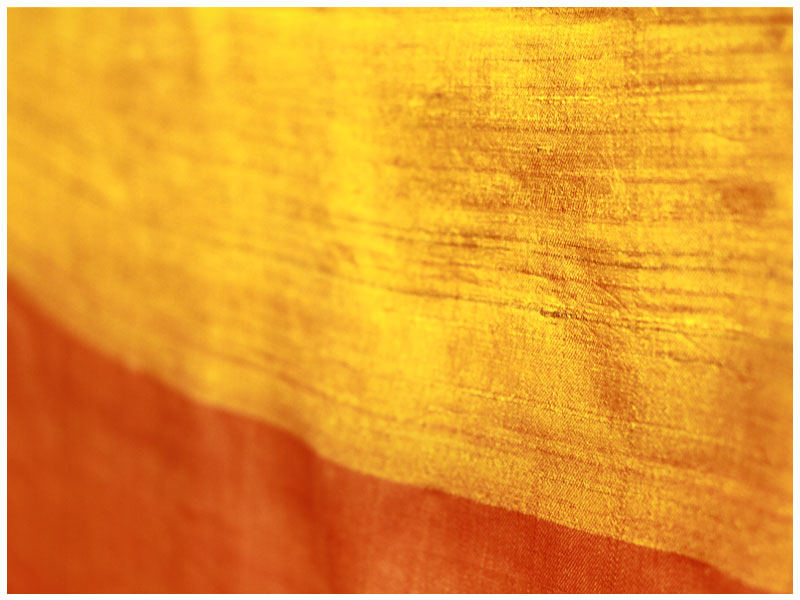
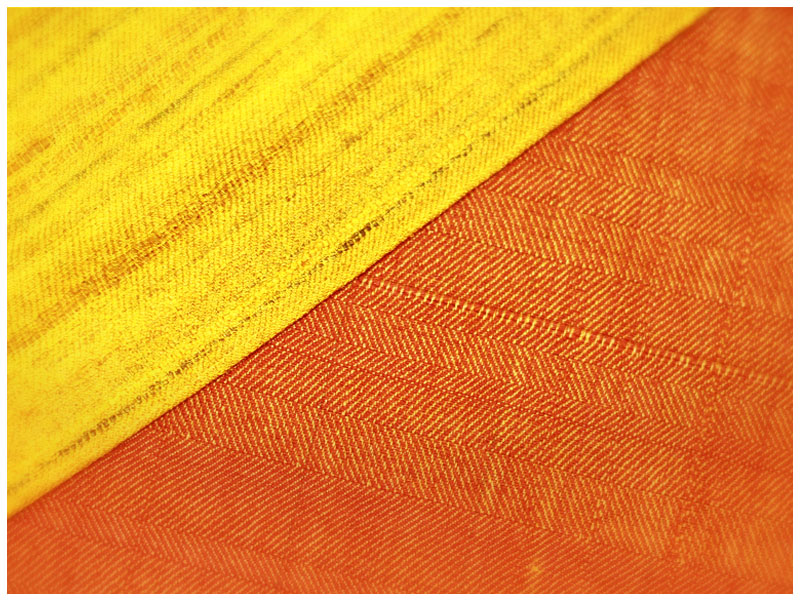
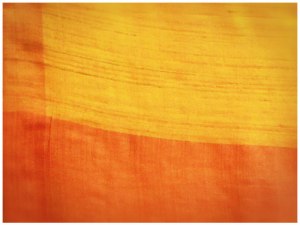
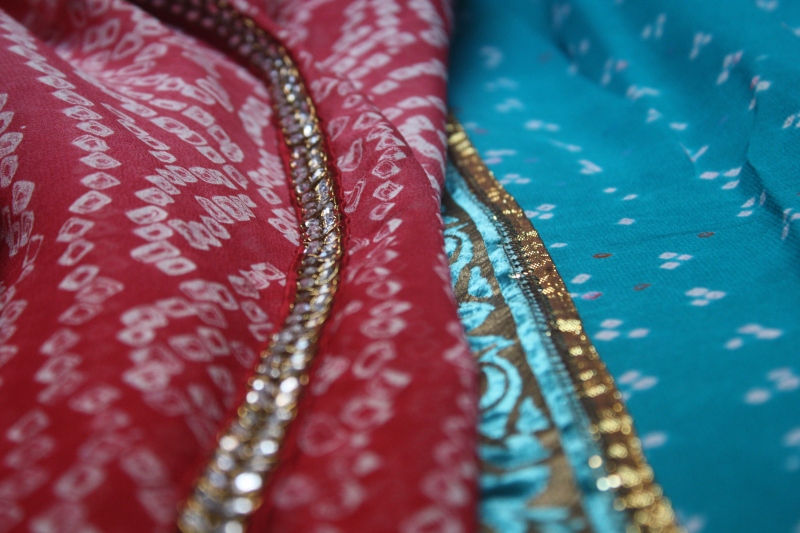
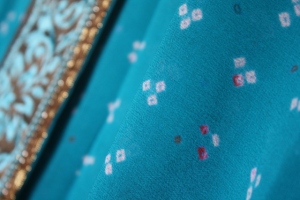
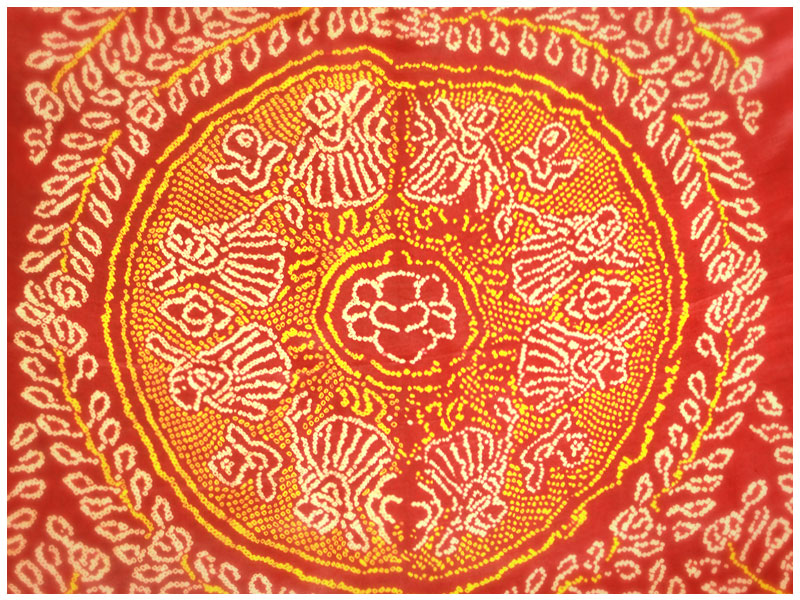
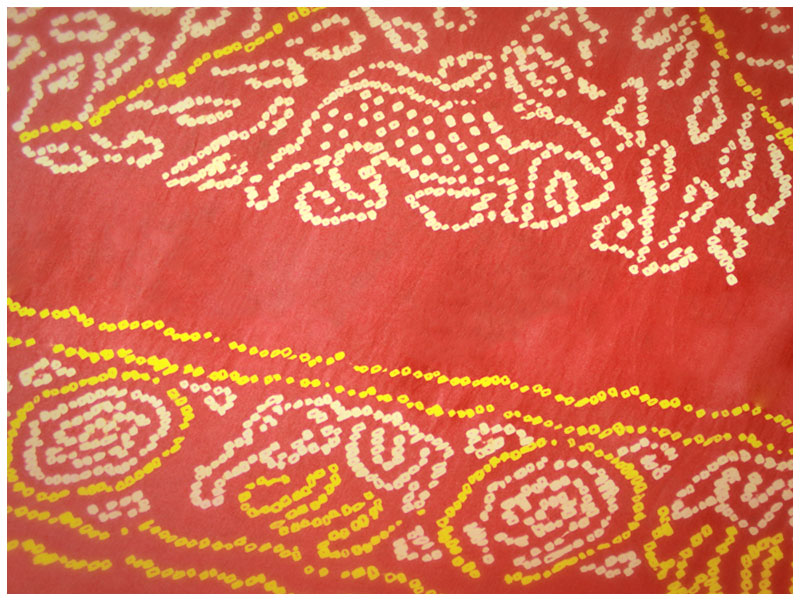
Well written and informative. Saree pictures are really beautiful and lively. Seems like saree pictures are just about to talk.
Punam loved d way u introduced d post !!! That’s sooo verry u !! n jus lovv reading ur blog…n feel so proud to b ur frend !! Lage raho Punam mem !! :))
Thank you so much Anu. Arre no such thing!
Sent from my iPhone
>
I loved it! You just can’t resist stories can you? 🙂 A very interesting twist to cinderella I must say…well woven with the facts (pun intended:) Really enjoyed reading it!
Thanks Sangeeta! I cannot resist stories – you’re right! 🙂
Bandhani….*lovesick gaze*. B is also for Beautifully (Written) Blog, which this absolutely is. I love the blend of story and heart and info, can’t wait to see what comes next!:)
Thanks Svani. So glad you read it!
So informative. Your passion for sarees is inspiring. Sure to make me an avid and discerning buyer. Great work, Punam
Hi,my husband forwarded your first blog immediately because he knew its of my interest and i realized really my husband knows my test and i am following your all the posts and thoroughly enjoying .I think saree is something which makes me very proud Indian woman ( obviously very few things left for us to be proud ) and I love to flaunt my saree whenever i get chance to wear (generally i steal this chance) and now i will have something more to flaunt ,information about saree and for that thanks to you Punam .I am really saree pe vaaree and your blog.
Sorry in all my excitement I forgot to tell you my husbands name ,Amitabh Singh(women even forget their husbands name when it comes about saree )
Thank you Nidhi, so much. 🙂 Yes that’s so true. Sarees make us forget everything!
It’s very good to see a post from you, its beautiful..! please check my bandhani dress material crafted fabric too.. it is the India’s ancient fabric craft.
Thank you for your kind words!